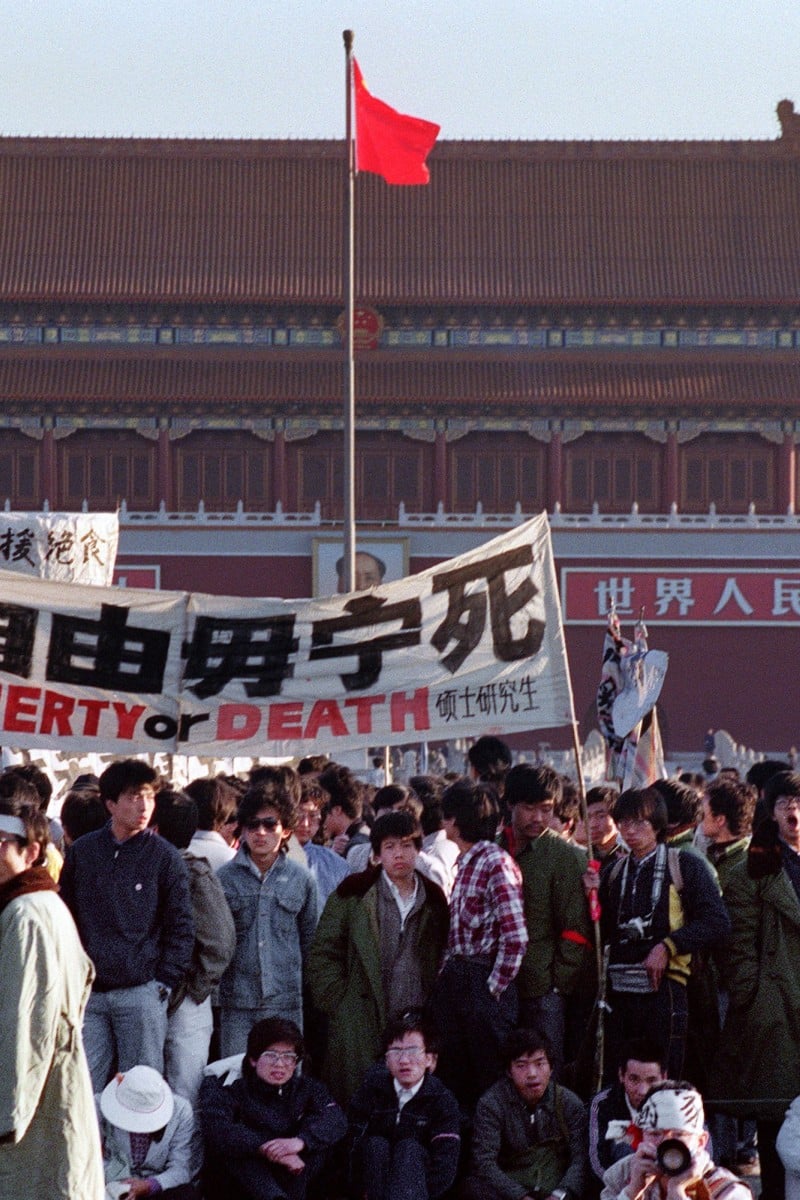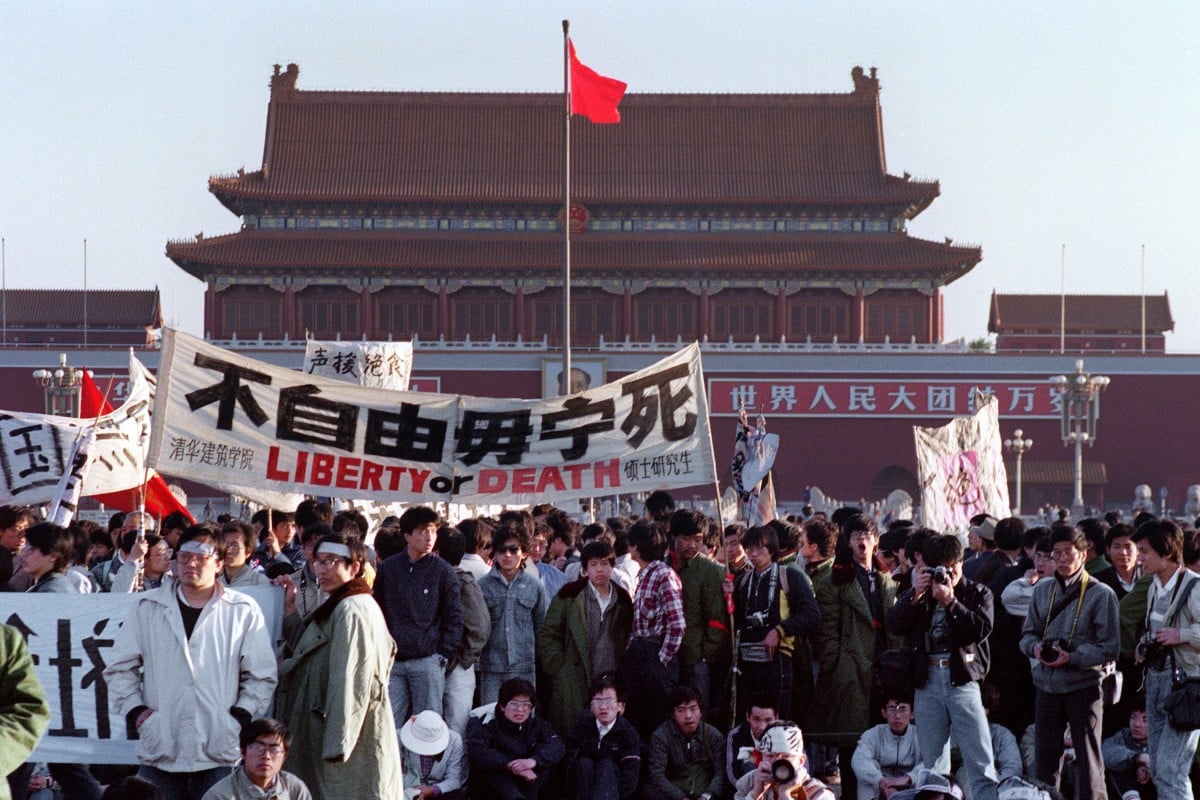
Remember the fallen: the 30th anniversary of the June 4 Tiananmen Square crackdown
The 1989 protests are still talked about 30 years on – here’s what you need to know
 After Hu’s death, thousands of students showed up at Tiananmen Square and tried to give a petition to the government but were ignored.
After Hu’s death, thousands of students showed up at Tiananmen Square and tried to give a petition to the government but were ignored. Tomorrow is the 30th anniversary of an event that happened on the mainland, but is only remembered outside of it – the Tiananmen Square crackdown. Here’s what you need to know about it.
For weeks in 1989, students on the mainland led pro-democracy protests, mostly on Beijing’s Tiananmen Square.
A few years before, Hu Yaobang, a leader of the Communist Party, had said the people of China should have more of a say in how the government was run. Many university students supported him and protested on campus. Hu lost his job.
On April 15, 1989, Hu died, and some students decided to go to Tiananmen Square to mourn him. Many more went to the square over the next few days, asking the government to change. The protests spread to other cities.
At Hu’s memorial service, tens of thousands of students showed up at the Great Hall of the People. A crowd of around a million other people also went. They tried to give a petition to the government but were ignored.
On April 26, a message appeared in the China Daily, a newspaper run by the government. It warned that the protests were anti-government, and that protesters might be arrested. But even more people joined the protests.
On May 19, some government officials begged the students to leave the square, saying they would deal with the demands later. The students refused to go.
Premier Li Peng declared “martial law” on May 20. This is when, in an emergency, the government can ask the military to help it deal with citizens.
On May 31, thousands of soldiers fired tear gas and rubber bullets at protesters in Beijing. By this time, the protests had spread to 400 cities across the mainland.
On June 3, 1989, the government said that soldiers and police had the “right to use all methods” to end the uprising.
Early on June 4, the military used live bullets and tanks to attack the students. By dawn, the square had been cleared.
The government said at the time some 300 people were killed. Eyewitnesses claim it was a lot more. Beijing has never told the truth of what happened, and mainland students never hear about it.
You might also like:
China's statesman Hu Yaobang's death: an event which led to the bloody crackdown at Tiananmen Square
